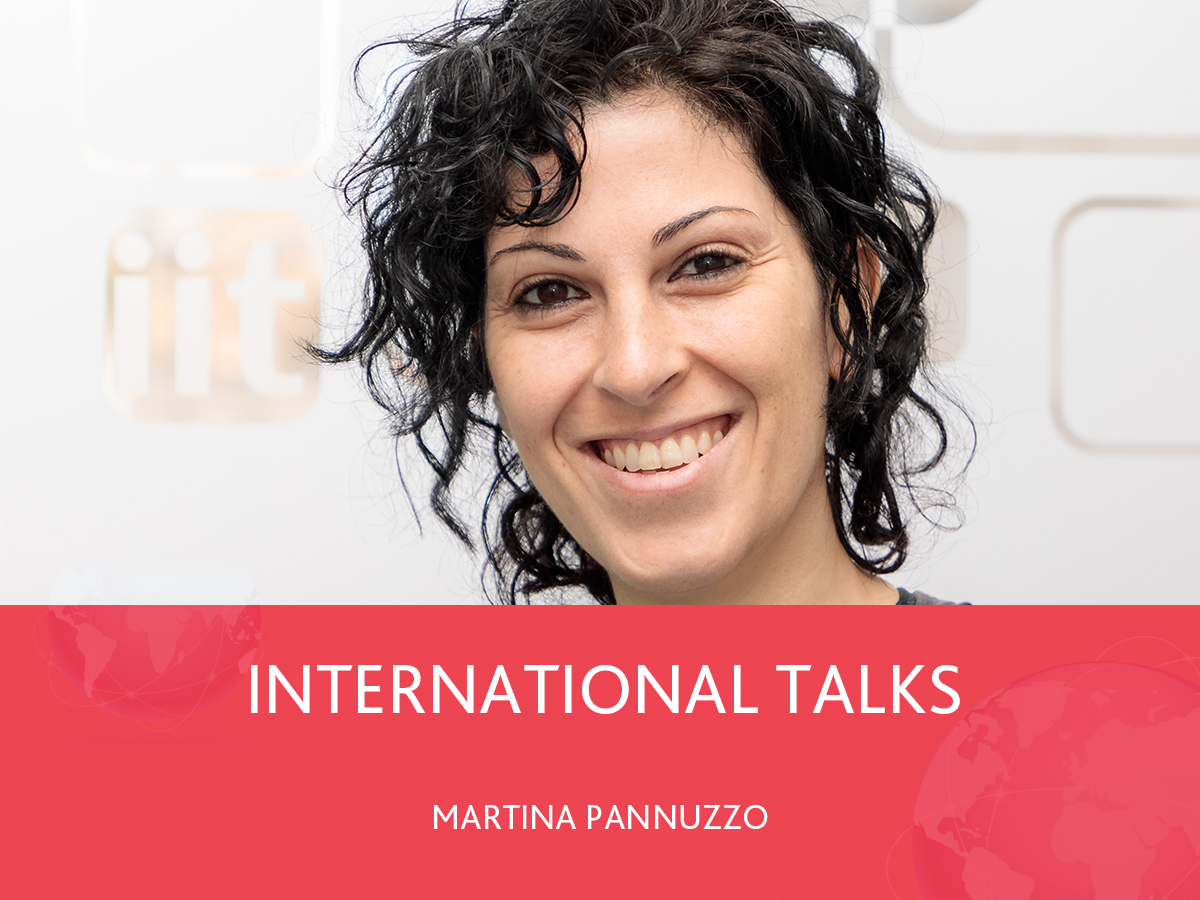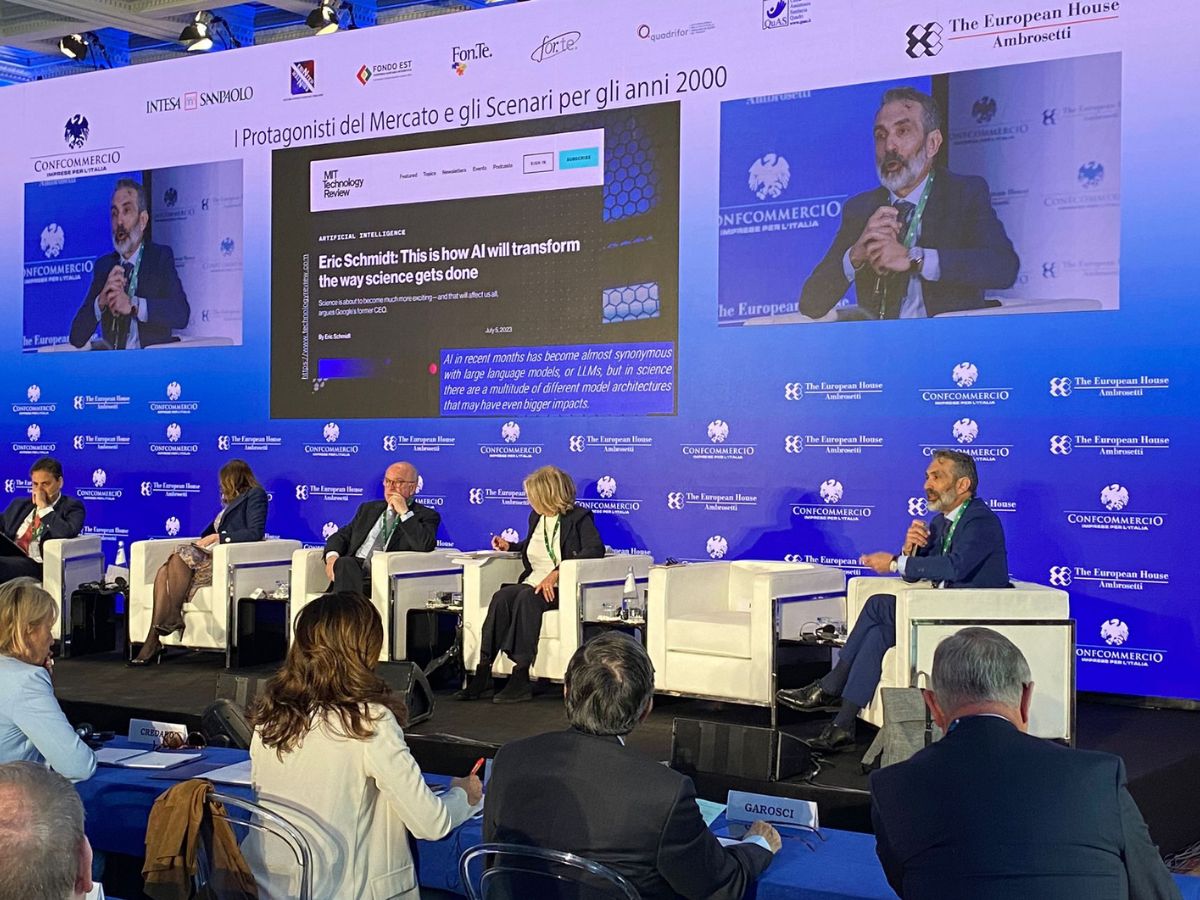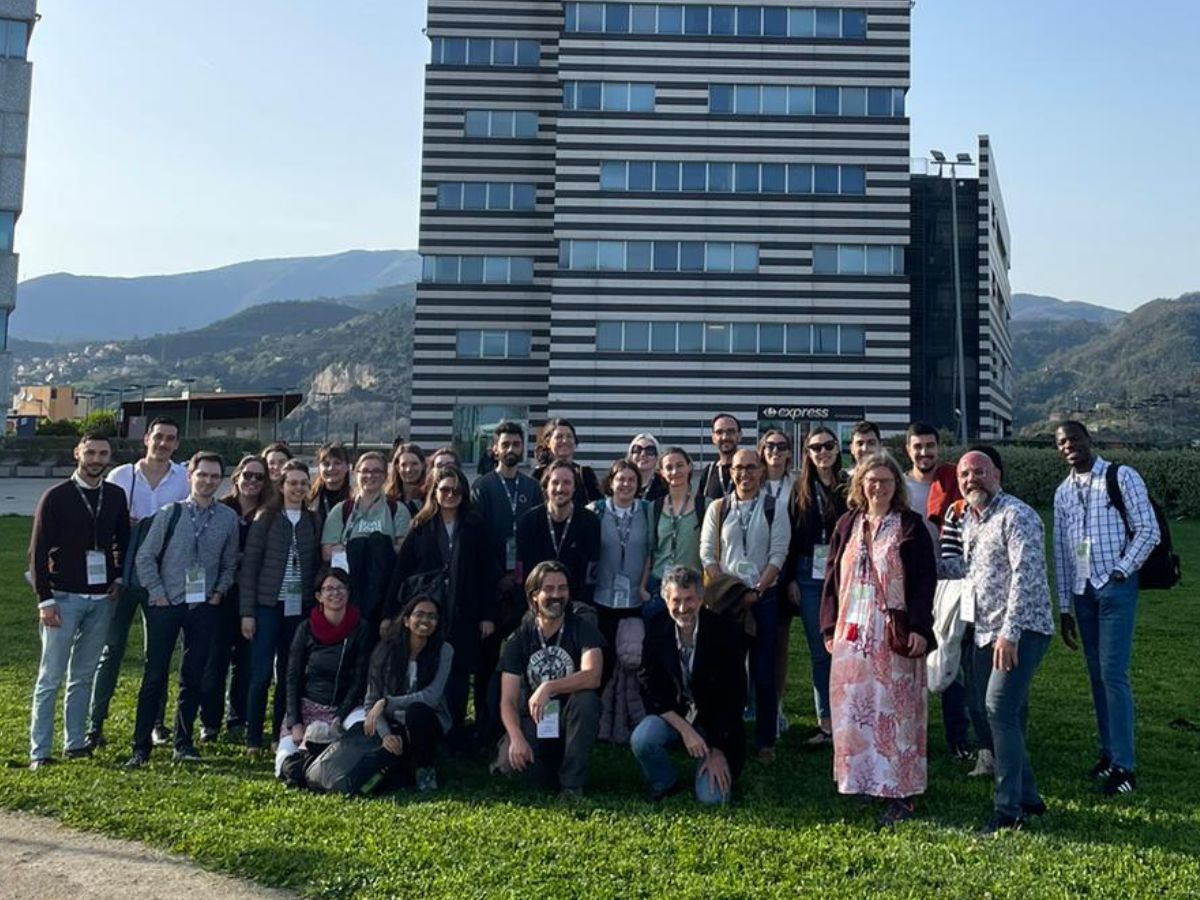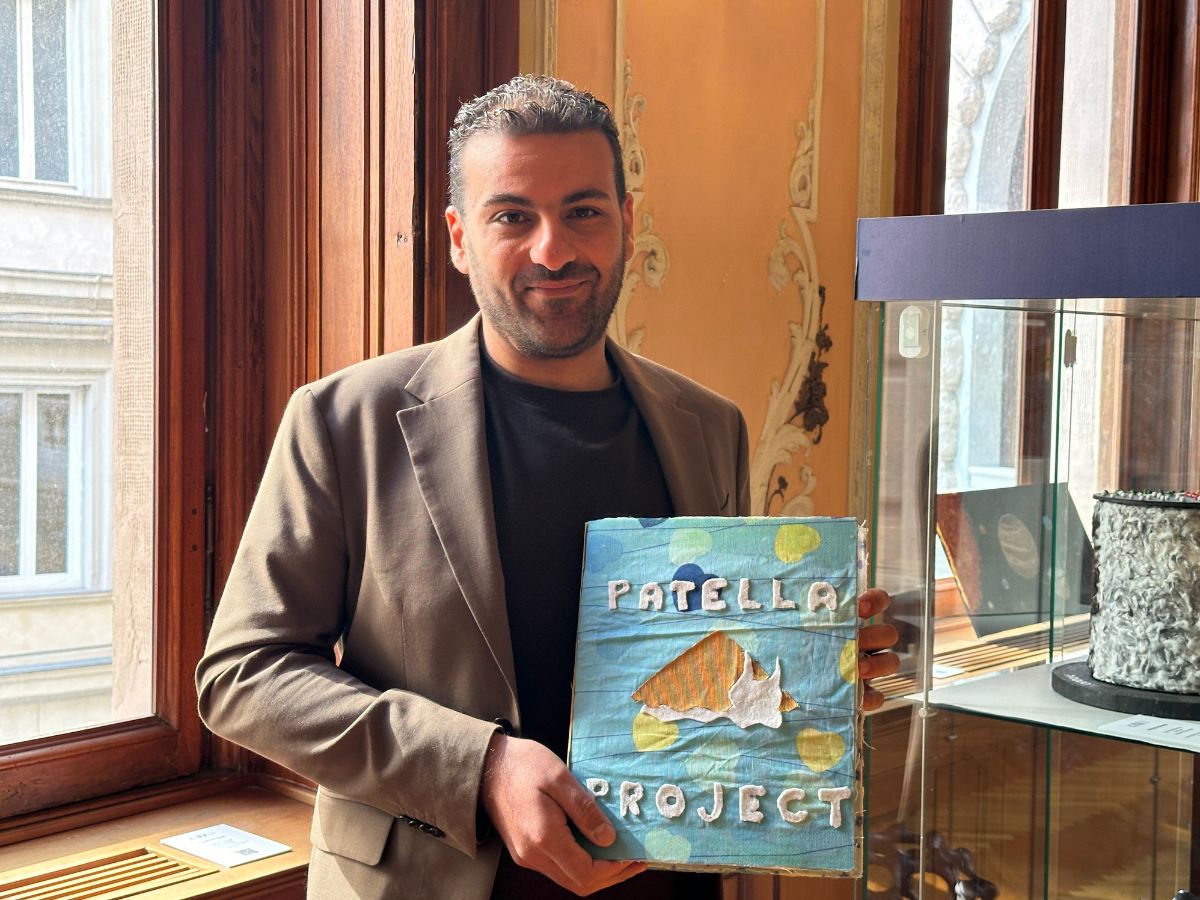Like nanoparticles, we all aim at finding our right place
I am a biologist and a chemist. And that’s why I found myself travelling for 7 years abroad. I use computers to run my experiments. This is great because computers are inexpensive as compared to lab material, and predictions can help to lighten the experimental workload and improve our understanding of existing data. On the fun side, you can look at molecules wiggling and jiggling around. In my case, these molecules are in our body.The first time I stepped into the unknown of an overseas lifestyle, was during my PhD studies in chemical physics at the University of Catania. One day I contacted Mikko Karttunen, expert in theory and simulations working in London, excited by the perspective of living in such a vibrant city. Mikko replied welcoming me to visit Western Ontario University in Canada, wait, what? Right, the so renowned “London in Canada”! I accepted, of course. During that time, I looked at cell membrane damages induced by the suspected pathogenic amyloid aggregates in Alzheimer’s and Diabetes. After 8 thrilling months spent among mathematicians, beautiful beasts – and now I know where to find them! – and a lot of snow, I came back to Europe with a craving for more.Thanks to a couple of European grants on high performance computing and molecular modeling approaches, I soon had the opportunity to visit the Netherlands, hosted by the group of Siewert-Jan Marrink in the Chemistry department at Rijksuniversiteit University in Groningen. On my way to work, I used to bike through this lovely city every day. The things I remember the most are the cheese, colorful tulips and green lands, at the acceptable cost of a strong smell after muck-spreaders had been out in the fields.After Groningen, I accepted an offer from Rainer Böckmann for a postdoctoral position in Computational Biology at the Friedrich-Alexander-Universität, in Nuremberg, Germany. The exact day I arrived it rained like hell while I was navigating unknown streets trying to find my way home. The second day I attended a faculty course explaining the basic rules to get along with Germans: avoid body contact and maintain distance. The third day I attended a German class, but the day after I quit it! It was a tough start. I was well repaid by both the opportunities of co-leading a project in the graduate school of Biomembrane granted by the German Research Foundation in 2014 and winning my first grant for a postdoctoral stipend in 2015. My work centred on membrane-mediated processing of signals to orchestrate a proper cellular response.Three years of würstel and sauerkraut later, I was again on a plane. I moved to the steel city Pittsburgh in the United States, to work with Markus Deserno, Physics Department this time, at Carnegie Mellon University. Here, I challenged myself with predicting the response to stimuli of smart materials designed to release the drug in a programmable way. On a different page, I also investigated membrane reshaping promoted by biomolecular motors to bring material inside cells. At this point, with my baggage of skills and full scientific support, I felt that I could do almost everything I could possibly think of.Restless, pervaded by the great feeling “I know enough to learn what I need to know”, two years later I was ready to face my other strong need: give my contribution to improve health-related quality of life. On top, I was starting to miss my home country, family and light chats with strangers at the bar, dreaming about Italian food, espresso, and the sea. After a careful search, I found the right match: the interdisciplinary MINDED program on Neurodevelopmental disorders, coordinated by Paolo Decuzzi, in IIT, a top-research Italian institute, near the sea, one hour flight away from my birthplace. Since 2018, all my knowledge is in place to support with predictions the fabrication of nanoparticles for the targeted delivery of therapeutics for different disorders; I try to answer questions like: in its journey within the body, where will a carrier of given composition most probably end up? Ideally, we want to deliver as much as possible of the drug right at the place where it’s needed, so to reduce side effects while boosting the therapeutic efficacy.After all, like those nanoparticles, we all aim at finding our right place. My scientific and cultural journey over the last few years has helped shape me. Today, I do a job I love, I speak several scientific languages and interact constantly with colleagues from all-over the world; I live in front of the sea, go hiking and kayaking whenever I like; I have successfully hit my spot.___MINDED project has received funding from the European Union’s Horizon 2020 research and innovation programme under the Marie Skłodowska-Curie grant agreement No 754490





